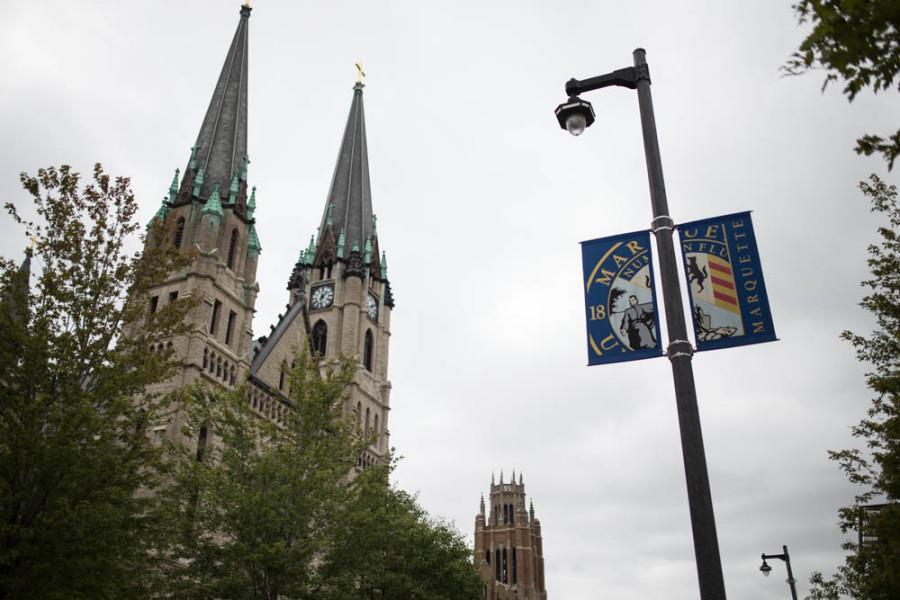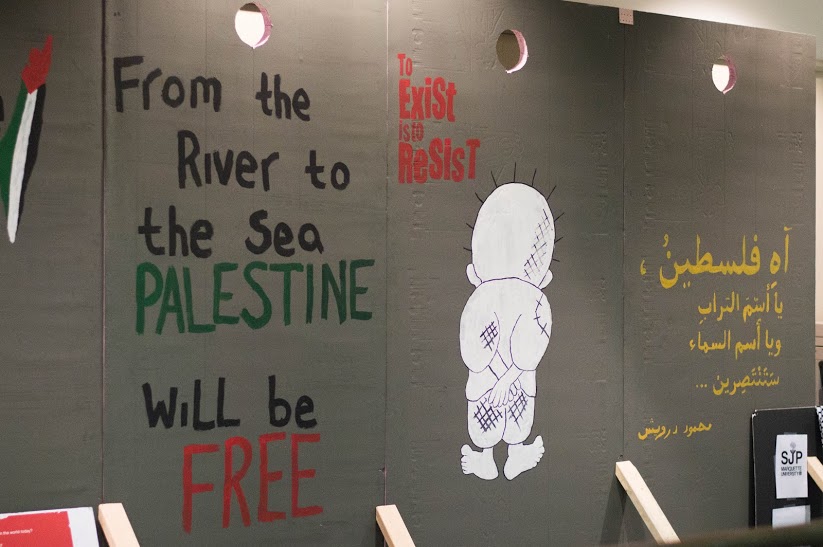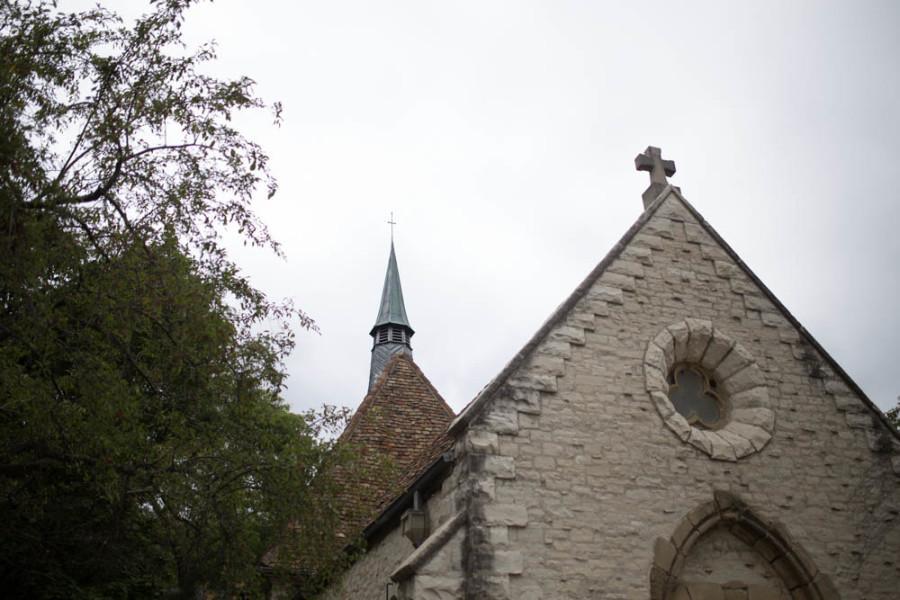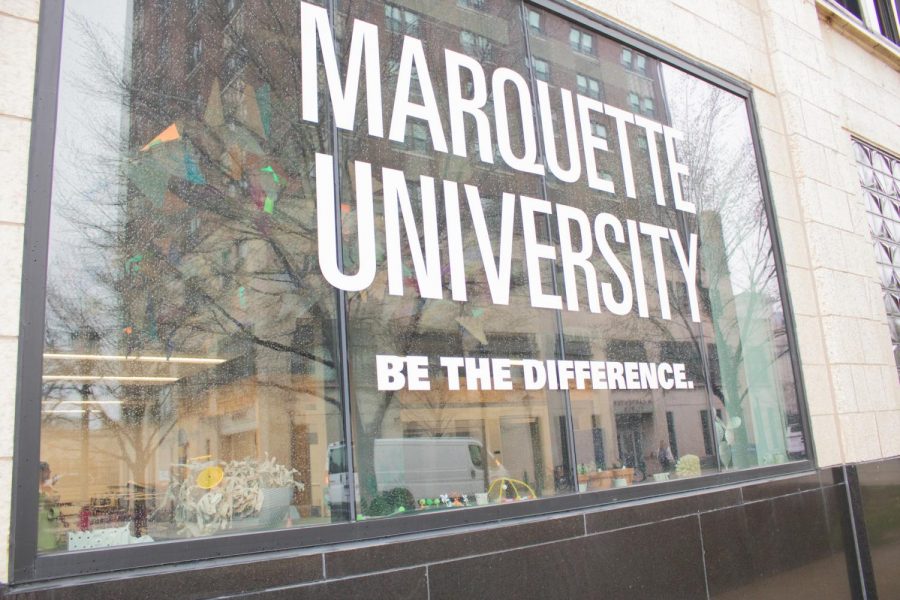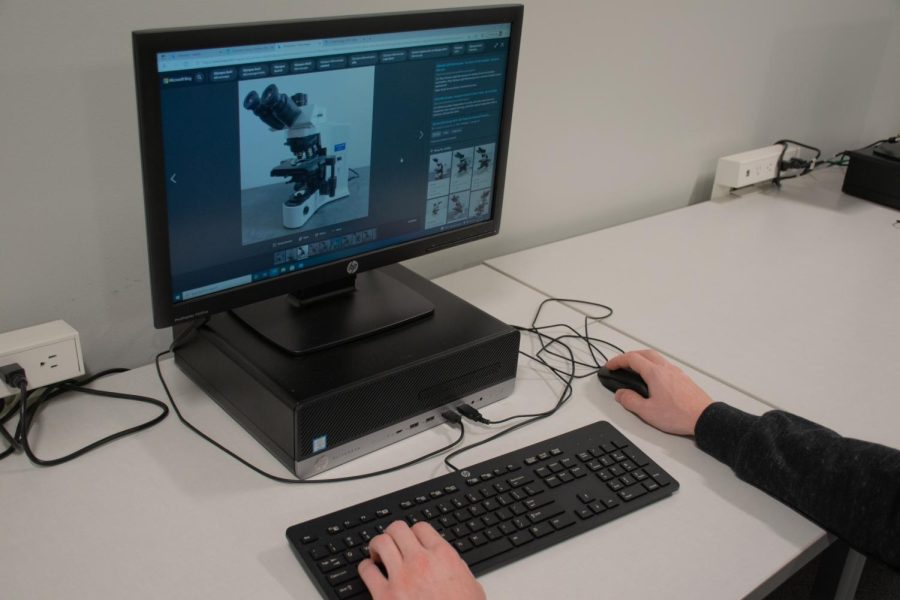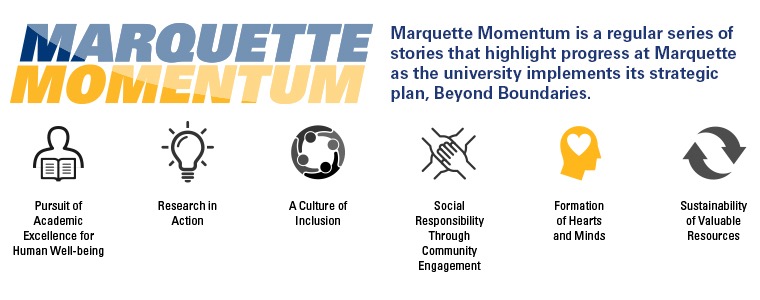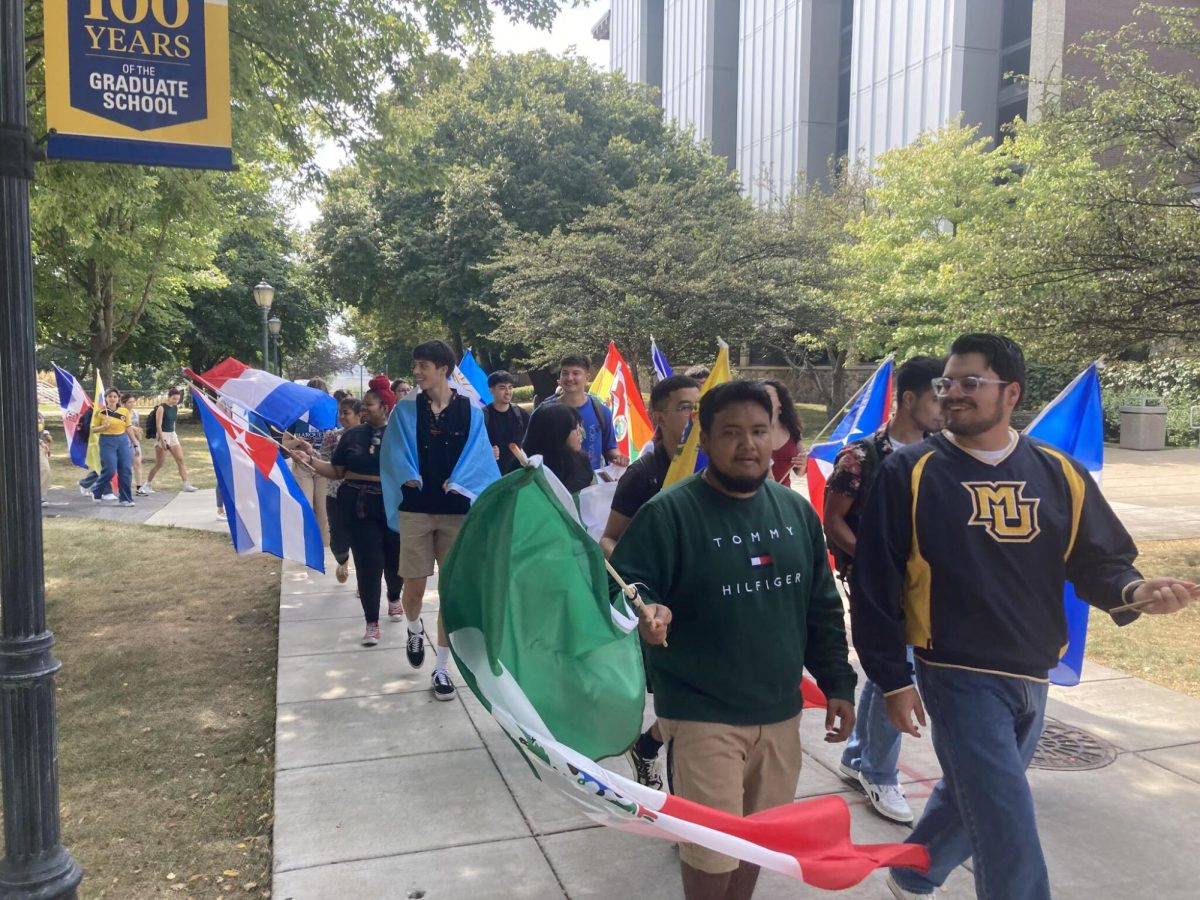Marquette recently added a “Culture of Inclusion” theme to Beyond Boundaries, the university’s Strategic Plan, to encourage more diversity on campus.
University President Michael Lovell announced the change in his Presidential Address Jan. 20. He said it tackles many of the concerns found in the campus Climate Survey results.
“It is important to be sure that we have put the type of measures in place to create that welcoming and inviting community that will allow our students to feel that they are a part of it,” said Marya Leatherwood, vice provost for strategic and academic planning.
Starting in the fall, Leatherwood and William Welburn, executive director for Institutional Diversity and Inclusion, directed the new theme’s development and discussed it with the Board of Trustees and other organizations such as Marquette Student Government and the President’s Task Force on Equity and Inclusion.
“It has always been our focus that every student has the best experience possible here,” MUSG President Zack Wallace said about the theme’s goal.
Wallace said he is happy to see that an emphasis on diversity and acceptance is now included in the Strategic Plan.
Leatherwood said the university is aiming specifically for greater racial, ethnic, gender, geographical and religious diversity on campus.
“Our values really speak to creating a climate of respect and dignity where everyone is valued,” she said.
Leatherwood has also helped develop an online “dashboard” for the Marquette community to voice its opinions and to measure the university’s Strategic Plan progress. Lovell said at his address that this tool will soon be available to students.
“We still have a while to go but as a Jesuit, Catholic school, we are making huge strides that other universities are not,” said Anna Goldstein, a member of the President’s Task Force on Equity and Inclusion and junior in the College of Arts & Sciences.
Lovell started the committee after his election in 2014 to address students’ concerns about diversity. For the past year, students, faculty and staff on the committee have worked with Lovell and Leatherwood to develop the new theme and improve the campus climate.
However, the committee did not need a survey to understand that minority students did not always feel welcome on campus, according to Goldstein.
“The making of the committee was very reactionary to how students were feeling,” Goldstein said. “We knew that diversity was a problem before the climate survey was taken.”
Goldstein, a Jewish student at Marquette, said she has experienced minority exclusion firsthand. Being on the committee has given her a voice to represent students of all backgrounds, she said.
The “Culture of Inclusion” is one of six themes in the university’s Strategic Plan. It includes the pursuit of academic excellence for human well-being, research in action, social responsibility, community engagement, formation of the mind and the heart and sustainability of valuable resources.

